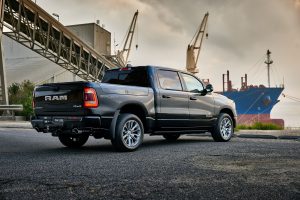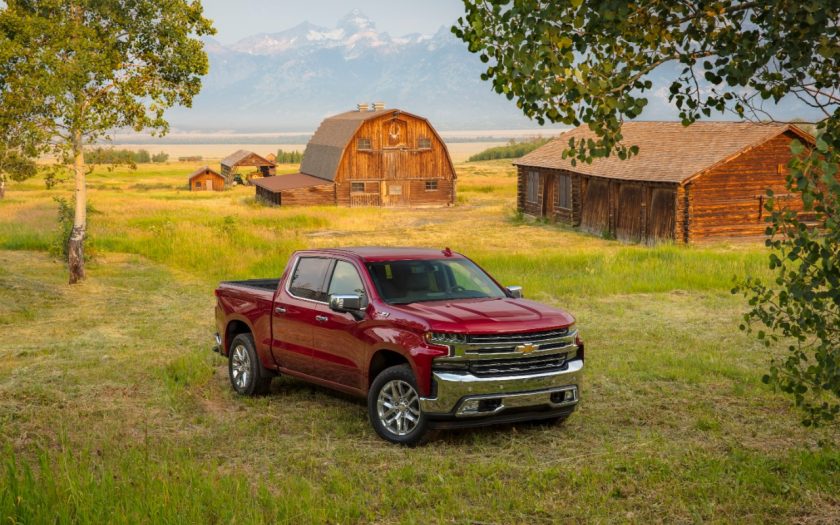THERE’S BEEN A REMARKABLE lot of noise about the tariff’s US President Donald Trump is threatening to introduce, but not a lot of rational interpretation of the likely effects.
The thing to keep in mind is that nearly half of all cars sold in the US are imported. At present, that number sits at about seven million cars, trucks and SUVs.
Experts question Trump’s assertion that the proposed 25 percent tariff would help restore US manufacturing and create jobs.
The situation in the US is that most carmakers hold a substantial stockpile of new vehicles, usually with enough to last two or three months.
Before the tariffs can take effect, those vehicles held in inventory will need to be sold, so it will be around two months before dealers start selling cars affected by the new tariffs.
Naturally, as word gets around that price rises are coming, there will be a rush on new vehicle sales as buyers try to beat the increase. Sales surged by 13 percent in March as buyers jumped in early to beat any predicted price rises.
Naturally, when tariffs are applied to new vehicles, manufacturers will pass those rises on to customers. Fortunately, carmakers and parts manufacturers are thought to absorb some of those costs, but they won’t be able to absorb them all, and that will inevitably mean higher prices.
Morgan Stanley analysts predict vehicle prices could rise an average 10 to 12 percent.
The outcome of price rises will mean that fewer models will be sold.
At this stage, few manufacturers appear to be considering the option of moving production to the US. That leaves them with two options: pay the tariff or cut models from their line-ups.
Despite the suggestion that these tariffs will increase jobs in Detroit, the reality is that all three Detroit-based car companies sell cars built in countries outside the US. Iconic names such as Chevrolet and Jeep might sound American, but they’re built elsewhere. And even those that are built in the US use many imported parts.
General Motors is first in the firing line for tariffs because it assembles 46 percent of the cars it sells in the US in countries like Mexico, Canada and South Korea.

Stellantis, parent company of Jeep, RAM, Chrysler and Dodge, also builds models offshore and like the other two carmakers sources many of its parts from overseas. Stellantis may not be hit as hard as GM and Ford because its vehicles produced in Mexico contain a higher percentage of US-made parts.
Even with adjustments to where these companies get their parts, it has been estimated they could face a potential drop in earnings of up to 30 percent this year.
One casualty could be Elon Musk’s Tesla. Musk has declared that the company will not be “unscathed” by the 25 percent tariffs. Musk has said that the tariff would affect the cost of parts used in Teslas but sourced from other countries. It remains to be seen how much of an effect there will be (Musk has said the cost impact is “not trivial”), but the stock market seems to think Tesla is in a better position to navigate the changes than its Big Three rivals. All Tesla cars are built at factories in California and Texas, and the company has a more localised supply chain.

Tesla’s share price is little changed, but investors have punished GM, Ford and Stellantis in anticipation of the new tariffs.
The biggest losers will be German and Asian companies. Some foreign car companies have built manufacturing plants in the US, but they still source a percentage of their vehicles from outside the US. Toyota and Honda produce many popular sellers in Canada and Mexico, both of whom are facing a 25 percent impost. And as for Mercedes-Benz, BMW and Audi, things look particularly bleak.
